Abstract
Background: Auditing can support national democratic processes, national development and government good will. Supreme Audit Institutions (SAI), such as offices of Auditor General, publish consolidated reports on audit outcomes for local authorities, government departments, parastatals and related public entities. These reports identify broad areas analysed during audit exercises that often include financial management, governance, asset management, risk management, revenue collection and debt recovery. They highlight trends that were detected during audit exercises at the end of a financial year. The reports further show how records and records management affect audit exercises as well as financial management within the audited institutions.
Objectives: The intention of the research was to ascertain the contribution of records management to audit opinions and accountability in financial management in Zimbabwean government entities.
Method: A document analysis of Comptroller and Auditor General of Zimbabwe (CAGZ)’s reports was used to identify the types of decisions and recommendations (audit opinions) issued, in juxtaposition to the records management issues raised.
Results and Conclusion: This study shows that there is a strong correlation between records management concerns and audit opinions raised by the CAGZ’s narrative audit reports. Inadequate records management within government entities was associated with adverse and qualified opinions and, in some cases, unqualified opinions that had emphases of matter. There was a causal loop in which lack of documentary evidence of financial activities was the source cause of poor accounting and poor audit reports. Errors resulting from incomplete or inaccurate records meant that government entities were not showing a true picture of their financial status and their financial statements could be materially misstated. As an important monitoring and control system, records management should be integrated into the accounting and auditing processes of government entities.
Introduction
Audit reports resulting from accounting information from public institutions are an indispensable information resource that can improve or advance government efforts to public democracy and development. Creditors and investors use audit reports from Supreme Audit Institutions (SAI) to make decisions on financial investments. As explained by Chen, Srinidhi and Su (2014:223), auditing derives its value by increasing the credibility of financial statements, which subsequently increases investors’ reliance on them. Legislative and anti-corruption entities use financial auditing information to keep track of the actions of public administrators on behalf of concerned citizens. In the government, auditing is a check mechanism on behalf of the citizen, to ensure that public finances, resources and trust are managed in entities created to foster good governance, such as local authorities, parastatals, government departments, ministries and related government bodies.
Also, the provision of governmental accounting information to citizens supports the ‘right to know’ and ‘to openly receive declared facts’ that may lead to open deliberations by the constituents on their chosen councils and legislatures, all of which supports socio-political democracy (Stalebrink & Sacco 2007:494). Therefore, auditing of public institutions has a social role, considering that the opinions issued by the auditors help citizens to comprehend the implications of the information contained in the financial statements. It is on this basis that citizens make decisions that can alter the democratic processes, social structures and the quality of persons elected or entrusted to run public offices (Lungeanu 2015:358–359). Consequently, governmental auditing activities through an SAI and the resultant reports or information allow citizens to participate in the democratic processes such as public debates, enlightened political opinions, lobbying and voting.
Robust auditing structures can also improve a country’s economic development (Abdolmohammadi & Tucker 2002). They foster accountability, transparency and good governance in financial management within public and government institutions. The value of auditing is in its ability to provide an independent guarantee of the trustworthiness of accounting information, and this fosters good management of public resources (DeFond & Zhang 2014:275). Accountability implies that organisations and individuals can ‘explain their actions to others in a transparent and justifiable manner’ (Ngulube 2004:24; Ngoepe & Ngulube 2013:45).
Through the mandate enshrined in the Constitution of Zimbabwe Act [No. 20], the Public Finance Management Act (PFMA) [Chapter 22: 19] and the Audit and Exchequer Act (AEA) [Chapter 22: 03], the Comptroller and Auditor General of Zimbabwe (CAGZ) has a vital role of facilitating good financial management and public accountability. This is pivotal in democratic governance. These Acts require accounting officers, auditors and related financial management officers to manage the resources allocated to their institutions and to be accountable for these resources. CAGZ facilitates accountability and promotes financial management in the use of public resources through carrying out and producing reports on audit outcomes in public institutions. These reports provide a narrative account of the findings, recommendation and related audit opinions of the outcomes of audit activities by the SAI in government bodies across the country. The narrative audit reports identify areas of concern and present them in major themes, stressing on specific tendencies that were noticed during audit exercise(s), as well as the overall opinion of the CAGZ. They narrate the audit findings, the recommendations made by the CAGZ as well as feedback or responses given by the management to key issues raised.
For SAIs such as CAGZ to produce effective reports, they depend on source evidence from the institutions being audited. Evidence-based reporting and the management of such evidence to be used to prove the responsibility of actions and accountability of decisions form the thrust of transparent financial management. Such evidence is found in official records that document the business actions of public service workers, particularly those involved in financial management. As such, effective management of records forms the base of financial management systems and subsequently supports audit exercises with evidence from records. Therefore, where accountability is concerned, ‘lack of records management is unthinkable’ (Ngoepe & Ngulube 2013:46). Records management, being the base of auditing, it is an obvious public interest too.
Mismanagement of financial records has long been known to support fraud and corruption activities (Palmer 2000; Rezaee 2005; Thurston 1997; Vanasco 1998). This often emanates from poor record-keeping systems and is worse and prevalent in the public sector in developing countries where paper records are used widely (Nengomasha 2013:2–3; Ngulube & Tafor 2006:60–70). It includes failure to create expenditure files, misfiled or non-existent account receivable and payable records, all of which often result in material misstatement of financial statements and enable fraudulent financial reporting. Maintenance of proper and adequate accounting records of financial transactions in government entities is a legal obligation through Section 35 (6) (a) of the PFMA and Section 19 of the AEA in Zimbabwe. It is not surprising that record-keeping receives a considerable amount of deserved attention by SAIs (Everett, Neu & Rahaman 2007; Ngoepe & Ngulube 2013) and that emphasis on proper record-keeping is placed in auditing standards such that some SAIs emphasise that ‘a clear trail of supporting documentation that is easily available and provided timely is listed as the first of six good-practice indicators of positive audit results’ (Bhana 2008:6).
This study replicates a similar one done in South Africa by Ngoepe and Ngulube (2013). In this study, a total of six narrative audit outcomes reports from the CAGZ, of national and local authorities, government departments, parastatals and related public entities for the period between 2011 and 2014 were examined using document analysis to identify the trends in audit opinions with regard to records management vis-À-vis audit opinions. The expectation was that this study would motivate further research in the area of embedding records management within financial management and auditing processes in government bodies. Audited public institutions are expected to benefit by appreciating the extent of contribution and value of records management work which is often treated with low priority (Kemoni 2007:156, 231; Smith 2007:215). The management stratum in government entities is therefore expected to use recommendations from this work to put strategies that endeavour towards unqualified audit opinions.
Research problem, hypothesis and intents
The CAGZ’s opinions in several narrative reports showed her concerns on audit outcomes in several areas of financial management in the government entities. In these areas, the CAGZ had specifically identified record-keeping amongst the key areas that hindered government entities from attaining and upholding unqualified audits. There appeared to be a correlation between record-keeping and audit opinions. The extent of contribution of records management concerns to audit opinions by the CAGZ had not yet been reported in any financial, auditing or records management studies in Zimbabwe. Therefore, this study sought to analyse the narrative audit outcomes reports of the CAGZ from 2011 to 2014 to determine the extent of contribution of records management concerns to CAGZ’s audit opinions and government accountability in Zimbabwe.
Considering this, the study intended to:
- establish the reporting trends in the CAGZ’s narrative audit outcomes reports in relation to records management concerns from 2011 to 2014
- analyse and interpret word use metrics surrounding records management in the narrative reports
- analyse and interpret the concordance and contextual usage of record-keeping terms in audit findings
- establish a causal loop relationship between records management concerns and audit outcomes.
Research methods
This study was confined to the analysis of CAGZ’s narrative audit outcomes reports for government entities that include local authorities, parastatals, state enterprises and related public entities. A total of six reports were analysed which were for the period between 2011 and 2014. A document analysis was conducted to gather relevant data about the contribution of records management concerns to audit opinions reflected in the CAGZ’s reports. Document analysis is a technique that uses both quantitative and qualitative methods to understand the trend of desired issues within written or printed documents (document analysis further includes image and graphics analysis). Quantitative methods are based on statistical analysis, whereas qualitative methods hinge on semantic inferences using text retrieval and presentation techniques.
Document analysis was used because of its unobtrusive nature as it is dependent on objects (i.e. reports, books, articles, web pages, etc.) rather than humans (similar to Ngoepe & Ngulube 2013:46). This eliminated the Hawthorne or observer effect, which is a human-based reaction that would lead to bias, as humans can modify their behaviour because they are being studied (Breznau 2016:302). Also, because document analysis data sources exist before the study, they have a degree of objectivity based on the fact that the data sources were produced without the influence of their creators (Singleton & Straits 2010:403). Also, reports are often publicly available. In this case study, the CAGZ’s narrative audit reports on audit outcomes available in the website (http://www.auditgen.gov.zw/index.php/reports) were used. As such, document analysis is one of the more forthright ways to trigger broader or detailed research.
The electronic reports that were in portable document format were analysed using software tools from Provalis Research (QDA Miner and WordStat) to establish the CGAZ’s reporting trends on records management concerns, to analyse and interpret word use metrics surrounding records management in the narrative reports, to analyse and interpret the concordance and contextual usage of record-keeping terms in audit findings and to establish a causal loop relationship between records management concerns and audit outcomes.
Presentation of research results
The research objectives were used as a guide in presenting the results that came out of document analysis. These are presented here, with a follow up discussion of the results and their implications after which relevant conclusions and recommendations are made.
Analysis of audit opinions vis-À-vis records management concerns
Table 1 presents the CAGZ Audit Opinions and Records Management Concerns in State Enterprises and Parastatals from the 2014 Narrative Report (see Table 2 report no. 6). As shown, the correlation between records management concerns and audit outcomes was close, such that in all cases where the concerns were emphasised, there was either unqualified opinion with an emphasis of matter, a qualified opinion or an adverse opinion. Generally, the results show that there are poor regimes of records management in most government entities.
| TABLE 1: The Comptroller and Auditor General of Zimbabwe audit opinions and records management concerns in state enterprises and parastatals from the 2014 narrative report (see Table 2, report no. 6). |
| TABLE 2: The Comptroller and Auditor General of Zimbabwe (CAGZ) reports analysed in this study. |
Analysis of records management concerns through text mining
Text mining was used to detect and bring out concerns raised about records management in the audit reports (Box 1). The keyword-in-context (KWIC) analysis method was used to extract specific concerns raised using keywords such as record-keeping, record-keeping, record*, poor, keep*, maintain*, deleted, inadequate, weak*, proper, failure, financial statement, receipt, accurate*, complete*, register, book* and document*. Frequency of word use was also used to show the level of concern around records management. Table 3 shows an extract of the top frequently used words in the six reports, highlighting the use of record-related terms and emphasising frequency of reference.
| BOX 1: Key records management concerns mined using the KWIC method. |
| TABLE 3: An extract of the top frequently used words in the six reports highlighting the use of record-related terms emphasising frequency of reference. |
The strength of the relationship between words, keywords and content categories (in this case, the reports) was analysed using statistical predictors. This analysis established the occurrence of selected keywords within six cases (the reports) (Table 4). As shown in Table 4, there was a high probability of the occurrence of the words records and keeping [probability (P) = 1 in both cases] in all the reports. Simple word use frequency analysis showed that terms relating to records management where high up the graph with the word ‘record’ itself being the fourth frequently used word in the reports (Figure 1). A heatmap plot was used to graphically present a crosstab analysis where cell frequencies were represented by different colour-brightness or tones. The tool enabled an exploratory analysis of the functional relationships and cluster similarities between specific keywords. For instance, in the heat map in Figure 2, there was a strong emphasis on record-keeping in all the reports especially in report no. 5 (Table 2). Also, a keyword Dendrogram (Figure 3) was used to show the similarity relationship between words emphasised in the reports. Using a similarity index of 3 and with 10 clusters, the results in Figure 3 show that accounts, accounting, proper, system, maintenance and records were correlated and commonly used together in the reports. Clearly, the above textual analysis highlights a high level of concern of records management issues raised in the reports.
 |
FIGURE 1: Analysis word use metrics in relation to records management issues in the narrative report. |
|
 |
FIGURE 2: A proximity heat map showing word cluster similarities. |
|
 |
FIGURE 3: Keyword Dendrogram using a similarity index of 3 and with 10 clusters. |
|
| TABLE 4: Metrics analysis using statistical predictors for the occurrence of the word ‘record’ within six cases (the reports). |
Analysis of concordance and contextual usage of record-keeping terms in audit findings
All of the six reports (Table 2) analysed in this study were subjected to a concordance and contextual usage test of the word record*. The results presented in Figures 4–9 were interesting. They pointed out all the instances in which the term appeared and the contexts in which it was used. Interestingly, the visual presentations show many cases in which the term record* was linked to concerns such as poor record-keeping, lack of sound record-keeping systems, inadequate record-keeping or failure to keep accurate or correct records, all of which was common in all the six reports (Figures 4–9).
 |
FIGURE 4: The Comptroller and Auditor General of Zimbabwe Statements of Audited Financial Accounts for the year ended 31 December 2011 for government ministries. |
|
 |
FIGURE 5: The Comptroller and Auditor General of Zimbabwe Narrative Report for the financial year ended 31 December 2012 for local authorities. |
|
 |
FIGURE 6: The Comptroller and Auditor General of Zimbabwe Narrative Report for the financial year ended 31 December 2014 for appropriation accounts and miscellaneous funds. |
|
 |
FIGURE 7: The Comptroller and Auditor General of Zimbabwe Summary and Statements of Audited Financial Accounts for the year ended 31 December 2012 for government ministries. |
|
 |
FIGURE 8: The Comptroller and Auditor General of Zimbabwe Narrative Report for the financial year ended 31 December 2014 for state enterprises and parastatals. |
|
 |
FIGURE 9: The Comptroller and Auditor General of Zimbabwe Narrative Report for the financial year ended 31 December 2011 for Appropriation Accounts and Miscellaneous Funds and Donor-Funded Project. |
|
Discussion of the results
Document analysis of the narrative reports of the CAGZ strongly confirms the hypothesis of a strong correlation between record-keeping and audit opinions (Table 1). This replicates results from a similar study done in South Africa by Ngoepe and Ngulube (2013), which showed a strong link between record-keeping and audit outcomes and accountability of public institutions.
The proximity heat map analysis of word use in the six reports shows that record-keeping, evidence and recommendations were highlighted and strongly linked as shown with the lighter heat signature and cluster similarities presented in Figure 2.
In the narrative reports on state enterprises and parastatals for 2013–2014 (see Table 2, report no. 6), adverse, qualified and unqualified opinions which had emphases of matter were heavily linked to records management concerns, featuring absence, inadequate or lack of proper record-keeping (see Table 1). Supporting this was the text retrieval analysis of key records management concerns mined using terms: record-keeping, record-keeping, record*, poor, keep*, maintain*, deleted, inadequate, weak*, proper, failure, financial statement, receipt, accurate*, complete*, register, book*, document* (see Box 1). The analysis shows a host of records management concerns raised characterised by comments given as follows:
- there were no up-to-date consolidated records of financial transactions
- inaccurate or insufficient information in the records
- poor record-keeping system
- absence of a sound record-keeping system
- records are manual and difficult to obtain
- warehouse records had no regular backup
- the situation did not improve owing to inadequate records, and as a result, the Ministry has been qualified on the same issue during the current year
- did not maintain adequate account records such as cash books, ledgers and related registers
- accountability of donor funds is questionable in the absence of accounting records
- failure to maintain loan guarantee records and a register will make it difficult to monitor and determine the claims and penalties when they fall due and also in the event of a dispute
- these operations are wide, complex and involve large volumes of data. Some manual records could not be retrieved upon audit request such as inventory schedules because they had been misplaced and there was no backup
- there were no records of contracts to support some of the projects that amount to US$ 2 884 372.
The above analysis is also evident when looking at the contextual usage and concordance analyses presented in Figures 4–9. They show that the word ‘record’ was heavily used in paragraph and sentence cases, which reflected concerns with regard to record-keeping. These also highlighted such issues as inadequate records, incomplete records, poor record-keeping, failure to maintain records, no improvement in record-keeping, failure to maintain up-to-date records and absence of records amongst many other challenges (see Figures 4–9). Both analyses showed a causal loop relationship between records management and auditing exercises, as well as the subsequent opinions made by the CAGZ.
Text metrics analysis using statistical methods also showed that ‘record’ was a heavily used word in the six reports topping amongst the top five frequently used words (Figure 1; Table 3). A further inference into this analysis through word similarity coupling and presented using a keyword Dendrogram, using a similarity index of 3 and with 10 clusters, showed that based on each of the six reports, ‘record’ was tightly coupled with words like recommendations, keeping, fund and evidence (Figure 3). Using a statistical prediction analysis enabled by WordStat, the results also show that most of the words tightly coupled with the word ‘record’ featured in all the reports six reports (Table 4). Again, inference into these statistical findings shows that records management was a strong concern in the six CAGZ narrative audit reports analysed.
Implications of the results
Government entities without records as evidence of property ownership or transactions of business with third-party institutions had no recourse in the absence of records in the event that disputes arise.
Government entities reported to have absent, incomplete or inconsistent records due to failure to maintain books of accounts, such as the cash book, relevant ledgers, expenditure vouchers, receipts and registers as well as required reconciliations, were not accountable. This was a glaring loophole for misappropriation of government or public resources as there was no evidence to charge responsible persons to be accountable for their actions. Public resources may continue to be misused with far reaching effect, particularly citizens’ discontent with the effectiveness of persons running such public offices.
Lack of an integrated records management system between complementing government entities has had far reaching implications. For instance, it meant that there was no link between records of registered clients in Zimbabwe Revenue Authority’s database and the companies registered with the Registrar of Companies, creating a risk that there may be more potential clients not submitting tax returns.
Government entities using paper-based, spreadsheet-based and weak payroll records processing and maintenance systems were allowing a loophole for creating ‘ghost workers’ as personnel profiles may easily be processed through the payroll by adding files creating or deleting electronic ones even where control systems may be in place.
Legal disputes emanating from expired lease agreements, contracts and other legally binding business transactions may be difficult to solve, resulting in a financial loss by government entities to third parties for those entities whose records were not being updated or kept sufficiently complete to serve as proof of evidence that such transactions occurred.
Absence of backups of vital records (those records without which government entities could be crippled or fail to continue) was a huge security threat and a red flag creating an ineffective risk management environment in which the institutions are vulnerable to sabotage and unforeseen disasters.
Government entities that were reported to have poor record-keeping systems cultivated a fraudulent environment which allowed for the concealment of fraudulent activities. Errors resulting from incomplete or inaccurate records could go undetected. This further implied that financial statements presented by such government entities were not showing a true and fair view of their financial status and their financial statements could be materially misstated.
Government entities that were not keeping proper records of account for public financial management may have been in contravention of Section 298 (1) (a), (d) and (e) of the Constitution of Zimbabwe Act [No. 20] and were in contravention of Section 35 (6) (a) of the PFMA. By being unlawful they are vulnerable to the risk of constant litigation and financial loss. Such actions further cause bad reputation and citizen disapproval or public distrust in the persons running such public offices and hence the current government.
Recurrent records management concerns trending in the reports (2011–2014) appeared to show that despite its evident importance, the records management function is accorded low priority within government entities. There appeared to be a general lack of trained records management personnel in charge of records management within government entities as all the reports never gave such a report. Although reference to auditors, accountants and related financial officers was given, the reports were silent about records management officers. As such record-keeping duties seemed not to have human resource capacitation required to ensure that best practice record-keeping systems are put in place, with policies and structures required.
Conclusions and recommendations
This study proves the hypothesis that there is a strong correlation between records management concerns and audit opinions raised by the CAGZ narrative audit reports, which are a result of audit exercises in government entities. Absence, lack of or inadequate and inconsistent records management within government entities was associated with adverse and qualified opinions and, in some cases, unqualified opinions, which had emphases of matter. There was a causal loop in which lack of documentary evidence of financial activities was the source cause of poor accounting and poor audit reports with negative implications on governance. Even though important, records management still seems to be accorded low priority and importance as evidenced by recurrent concerns in the 2011–2014 reports studied.
The study recommends the strengthening of the records management legislation provided for by the National Archives of Zimbabwe Act [Chapter 25: 06] to ensure enforceability. The National Archives of Zimbabwe (NAZ) is the regulator of records management in government and the public sector and should be engaged to ensure proper management of records. Such a recommendation was never mentioned in any of the narrative reports analysed in this study and that appears to show a disjointed relationship between the CAGZ and NAZ.
Accounting, or auditing officers are given the responsibility of records management duties as stated or otherwise implied by Section 35 (6) (a) and Section 80 (2) (a) (ii) of the PFMA. These officers’ training is vested in financial management and not records management. Records management should be strengthened through human resource capacitation by employing dedicated records management officers or otherwise retraining of accounting and auditing officers to improve records management capacitation. Employment of dedicated record-keeping officers within government entities would ensure that there are responsible personnel who could be held accountable for the records management within public entities especially for managing financial records (not the accounting or finance function). These would ensure the creation of complete records, identify activities that need to be documented as well as consistent and constant updating of the records as may be required. They would ensure that necessary vital records identification and protection as well as disaster recovery measures are put in place to reduce security risks associated with loss of such vital documentary evidence. Such duties require qualified and trained records management officers.
The study recommends the prioritisation of the records management function within government bodies. This should be done by embedding records management operations within the financial, accounting and auditing processes of governmental bodies. Also, record-keeping systems should be mandatorily put in place with the best interest to have effective electronic systems instead of cumbersome paper-based systems, which are a huge loophole for fraud. If the above recommendations are not met, the recurrent recommendations by the CAGZ in identifying records management as one of the key sources of accountability continue to be in vain.
Acknowledgements
Competing interests
The author declares that he has no financial or personal relationships that may have inappropriately influenced him in writing this article.
References
Abdolmohammadi, M.J. & Tucker, R.R., 2002, ‘The influence of accounting and auditing on a country’s economic development’, Review of Accounting and Finance 1(3), 42–53. https://doi.org/10.1108/eb026990
Audit and Exchequer Act (AEA) [Chapter 22: 03], 2001, Government of Zimbabwe, Government Printers, Harare.
Bhana, P., 2008, ‘The contribution of proper record-keeping towards auditing and risk mitigation: Auditor General of South Africa’s perspective’, Paper presented at the Third Annual General Meeting of the South African Records Management Forum, Midrand, South Africa, 10–11th November, viewed from http://sarmaf.org.za/oid%5Cdownloads%5CSARMAF_10_Keynote%20address_06_November_2008.doc
Breznau, N. 2016. ‘Secondary observer effects: idiosyncratic errors in small-N secondary data analysis’, International Journal of Social Research Methodology, 19(3), 301–318. https://doi.org/10.1080/13645579.2014.1001221
Chen, C.J.P., Srinidhi, B. & Su, X., 2014, ‘Effect of auditing: Evidence from variability of stock returns and trading volume’, China Journal of Accounting Research 7(4), 223–245. https://doi.org/10.1016/j.cjar.2014.11.002
Constitution of Zimbabwe Act [No. 20] Act, 2013, Government of Zimbabwe, Government Printers, Harare.
DeFond, M. & Zhang, J., 2014, ‘A review of archival auditing research’, Journal of Accounting and Economics 58(2), 275–326. https://doi.org/10.1016/j.jacceco.2014.09.002
Everett, J., Neu, D. & Rahaman, A.S., 2007, ‘Accounting and the global fight against corruption’, Accounting, Organizations and Society 32(6), 513–542. https://doi.org/10.1016/j.aos.2006.07.002
Kemoni, H.N., 2007, ‘Records management practices and public service delivery in Kenya’, PhD thesis, University of KwaZulu-Natal, Pietermaritzburg.
Lungeanu, E., 2015, ‘Considerations regarding the external public audit of reimbursable funds’, Procedia Economics and Finance 20, 358–364. https://doi.org/10.1016/S2212-5671(15)00084-2
Nengomasha, C.T., 2013, ‘The past, present and future of records and archives management in sub-Saharan Africa’, Journal of the South African Society of Archivists 46, 2–11. https://www.ajol.info/index.php/jsasa/article/view/100084/
Ngoepe, M. & Ngulube, P., 2013, ‘Contribution of record-keeping to audit opinions: An informetrics analysis of the general reports on audit outcomes of the Auditor-General of South Africa’, Journal of the Eastern and Southern Africa Regional Branch of the International Council on Archives 32, 45–54. https://www.ajol.info/index.php/esarjo/article/view/88541
Ngulube, P., 2004, ‘Fostering accountability and justice: Opportunities for records managers in changing societies’, ESARBICA Journal: Journal of the Eastern and Southern Africa Regional Branch of the International Council on Archives 23, 23–32. https://doi.org/10.1080/00039810600691288
Ngulube, P. & Tafor, V.F., 2006, ‘The management of public records and archives in the member countries of ESARBICA’, Journal of the Society of Archivists 27(1), 57–83. https://doi.org/10.1080/00039810600691288
Palmer, M., 2000, ‘Records management and accountability versus corruption, fraud and maladministration’, Records Management Journal 10(2), 61–72. https://doi.org/10.1108/EUM0000000007256
Public Finance Management Act (PFMA) [Chapter 22: 19], 2009, Government of Zimbabwe, Government Printers, Harare.
Rezaee, Z., 2005, ‘Causes, consequences, and deterrence of financial statement fraud’, Critical Perspectives on Accounting 16(2005), 277–298. https://doi.org/10.1016/S1045-2354(03)00072-8
Singleton, R.A. & Straits, B.C., 2010, Approaches to social research, 5th edn., Oxford University Press, New York.
Smith, K., 2007, Public sector records management: A practical guide, Ashgate Publishing, Ltd., Burlington, VT.
Stalebrink, O.J. & Sacco, J.F., 2007, ‘Rationalization of financial statement fraud in government: An Austrian perspective’, Critical Perspectives on Accounting 18(4), 489–507. https://doi.org/10.1016/j.cpa.2006.01.009
Thurston, A., 1997, ‘Records management as a public sector accountability function’, International Journal of Government Auditing 24(4), 7–9. https://search.proquest.com/docview/236819139?accountid=14782
Vanasco, R.R., 1998, ‘Fraud auditing’, Managerial Auditing Journal 13(11), 4–71. https://doi.org/10.1108/02686909810198724
|